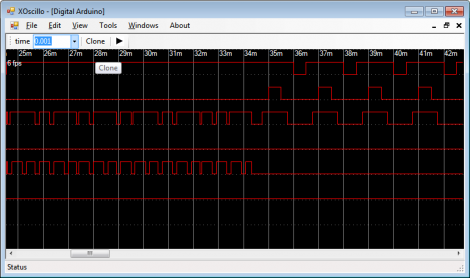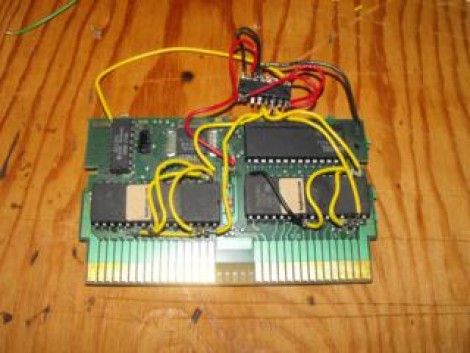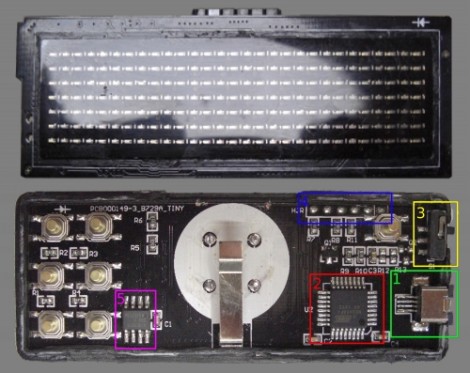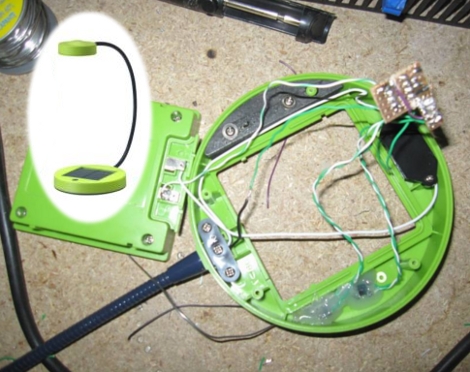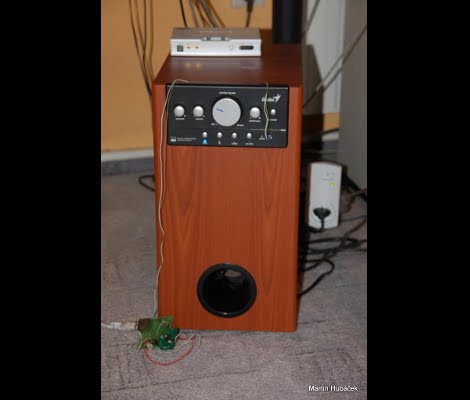
[Ben Laskowski’s] been working on a Class-D audio amplifier for several months. What you see above is the most recent version of the amp. A class-D amplifier uses transistor switching (or in this case MOSFET switching) to generate the pulse-width-modulated signal that drives the speaker. This is different from common amplifiers as it doesn’t generate the kind of heat that traditional amplifiers do, making it much more efficient.
After the break you can hear it demonstrated. It’s operating off of a single-supply laptop brick and we do hear a bit of a hum coming through the system. Still, we’re quite pleased at the power and quality the small board can put out. Take a look at a post from November to get a handle on what went into development. If you still hunger for more details, [Ben’s] shared the bulk of his prototyping materials in the github repository.
Continue reading “Class-D Audio Amplifier Makes It From Breadboard To PCB”

